Coursera - Computer Science: Programming With A Purpose
Week 6: Recursion - Recursive Squares
Write a program RecursiveSquares.java that takes an integer command-line argument n and plots a recursive square pattern of order n.
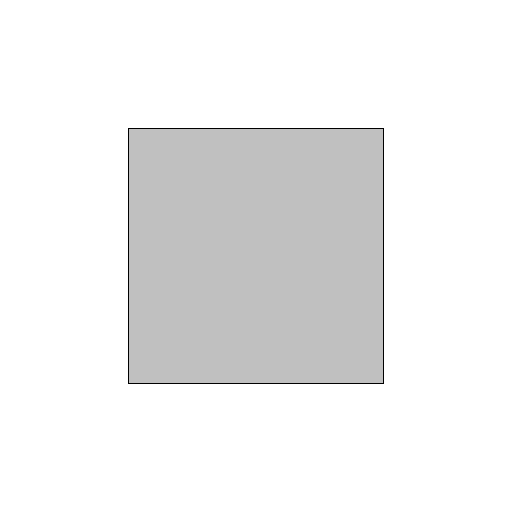

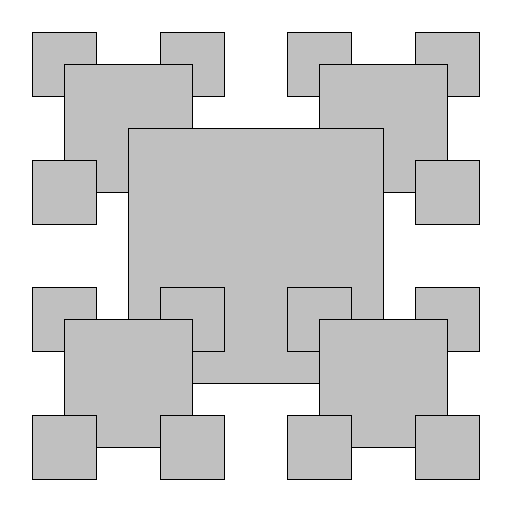
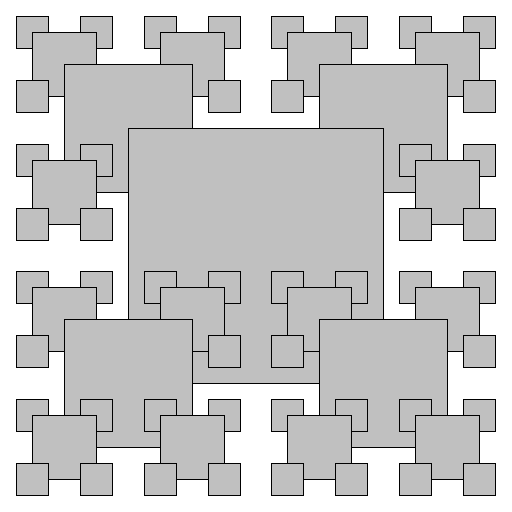
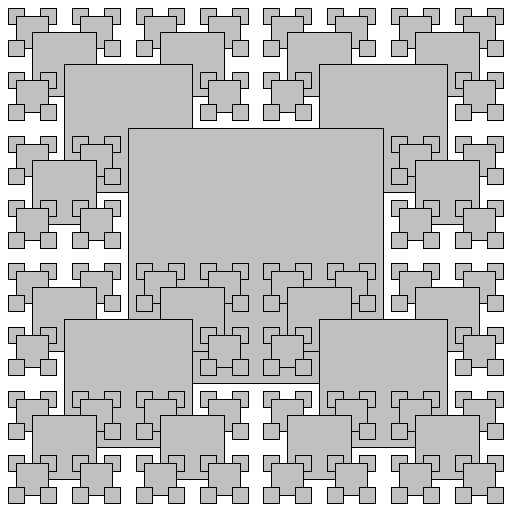
To do so, organize your program according to the following public API:
public class RecursiveSquares {
// Draws a square centered on (x, y) of the given side length
// with a light gray background and a black border.
public static void drawSquare(double x, double y, double length)
// Draws a recursive square pattern of order n, centered on (x, y)
// of the given side length.
public static void draw(int n, double x, double y, double length)
// Takes an integer command-line argument n and draws a recursive
// square pattern of order n, centered on (0.5, 0.5) with side length 0.5.
public static void main(String[] args)
}
The largest square is centered on the canvas and has side length 0.5. The side length of each square is one-half that of the next largest square.
~/Desktop/recursion> java RecursiveSquares 2

~/Desktop/recursion> java RecursiveSquares 4
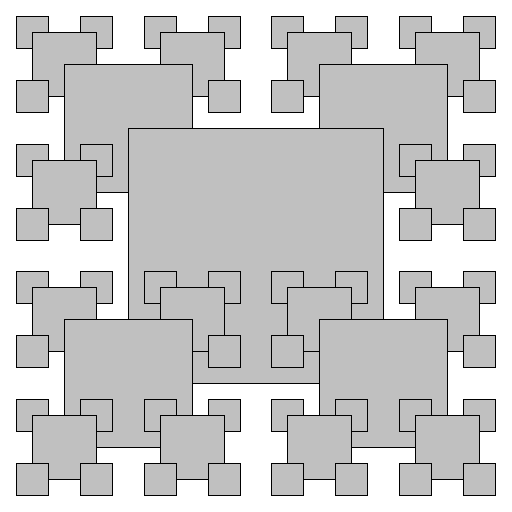
Note: you may assume that n is a non-negative integer.
Note: the above description is copied from Coursera and converted to markdown for convenience
Solution:
public class RecursiveSquares {
// Draws a square centered on (x, y) of the given side length
// with a light gray background and a black border.
public static void drawSquare(double x, double y, double length) {
// draw filled square
StdDraw.setPenColor(Color.LIGHT_GRAY);
StdDraw.filledSquare(x, y, length / 2.0);
// draw border
StdDraw.setPenColor(Color.BLACK);
StdDraw.square(x, y, length / 2);
}
// Draws a recursive square pattern of order n, centered on (x, y)
// of the given side length.
public static void draw(int n, double x, double y, double length) {
if (n == 0) {
return;
}
// lower left and lower right
double x01 = x - (length / 2);
double y01 = y - (length / 2);
double x02 = x + (length / 2);
double y02 = y - (length / 2);
// uppper left and upper right
double x11 = x - (length / 2);
double y11 = y + (length / 2);
double x12 = x + (length / 2);
double y12 = y + (length / 2);
// draw from upper left to lower right
draw(n - 1, x11, y11, length / 2); // upper left
draw(n - 1, x12, y12, length / 2); // upper right
drawSquare(x, y, length);
draw(n - 1, x01, y01, length / 2); // lower left
draw(n - 1, x02, y02, length / 2); // lower right
}
// Takes an integer command-line argument n and draws a recursive
// square pattern of order n, centered on (0.5, 0.5) with side length 0.5.
public static void main(String[] args) {
final int n = Integer.parseInt(args[0]);
draw(n, 0.5, 0.5, 0.5);
}
}
Link To: Java Source Code